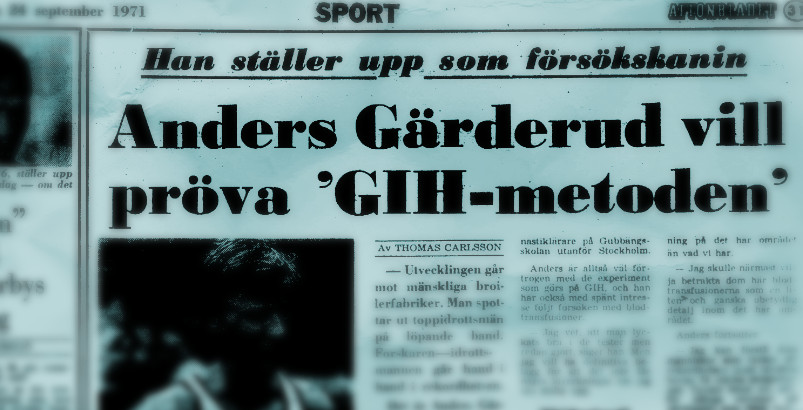Re: Re:
I heard it first hand from an athlete on (or very close to) the athletics national team that there was blood doping offered to him. So in my mind it is a fact, not just smoke without fire. Not sure about Viren, who still denies it. But of course, why would he not take advantage of it since it was not even forbidden at the time!
Aragon said:It has always been my impression that the total picture of blood doping use in the 1970s remains still unwritten. Still, it should be emphasized that the serious and public accusations against Viren began only after the 1976 Summer Olympics and even then the scientific community was very ambivalent on whether it even enhanced performance, so one shouldn't directly jump into the conclusion that everyone started blood doping even in 1976.
After going through the newspaper search engines, historian John Gleaves came to this conclusion in his Manufactured Dope (2015) claiming that "nsubstantiated allegations linked the Finnish runner, Lasse Viren, to blood transfusions at the 1972 Olympic Games in Munich, though they did not begin circulating until after his success at the Montreal Olympic Games [of 1976]".
The spirit of the sentence is sound even when there was some gossip about Finns even before that. Track & Field News journalist Cordner Nelson for instance wrote in 1972 right after the Viren's success that there already existed some whispering about Finns having a secret method.
While these type of speculations are hard to find from the pre-1976 publications, I find it very interesting that the "stories of blood transfusions" described in this particular article were circulated some two months before it was revealed in newspaper articles in September 1971 that there was blood reinfusion research originating from Sweden."First Juha, Now Lasse and Friends", Track and Field News, 9/1972
The urgent question was: How are they doing it? At first, "blood doping" was suspected. This badly-named procedure had nothing to do with drugs. It consists of removing blood from a runner to stimulate production of oxygen-carrying red blood cells in his bone marrow. Then his own blood cells are returned to the runner and, theoretically, he is able to run better because of this greater oxygen supply. Vaatainen was thought to use this procedure because people at the 1971 European Championships heard stories of blood transfusions. But Vaatainen's success could also be explained by natural speed which made him a 10.9 100 meter sprinter plus long training runs totaling as much as 200 miles a week. And Scandinavians at Munich denied any "blood doping".
I heard it first hand from an athlete on (or very close to) the athletics national team that there was blood doping offered to him. So in my mind it is a fact, not just smoke without fire. Not sure about Viren, who still denies it. But of course, why would he not take advantage of it since it was not even forbidden at the time!






